Why does no one plant native Stewartia?
edlincoln
8 years ago
Featured Answer
Comments (40)
User
8 years agolast modified: 8 years agoUser
8 years agoRelated Discussions
Stewartia,... planted in stone, tree-ring
Comments (8)garp1: .... Thanks for getting back to me with the somewhat disheartening advice against planting the Stewartia in a mostly, full-sun location. Yes, the patio is in full-sun, but only in early-morning, however, it does get some shade from late-morning until about 3:00PM. The roof-line of my house throws a shadow onto the porch, and then, as the sun swings around in late afternoon, the porch gets hit with sun again, until dusk. I should have been a little more specific, regarding the lighting conditions on my front porch, in my earlier post. However, I doubt that this changes anything ... or, does it? Well, I asked for some practical advice, and, I got it ... and, I'm glad. What fooled me was that this tree was growing in a full-sun exposure at the nursery, so I figured that this will grow just as well on my front porch. Now, I know better. You're right when you guessed that this tree didn't come cheap. It lightened my wallet, big time!!!!!! I'd rather take a chance at growing the tree in a less than ideal location, than, give it away. Most people who see the tree, ask me what kind of "Rose-of-Sharon" is it? Maybe I'll carefully remove the tree, without disturbing the roots, repot it into a larger, 20-gallon container, and grow it at the intended location, just to see how it does. If it doesn't decline, maybe I'll take a chance and plant it into the tree-ring. I calculated the volume of soil which will be contained on this tree-ring that I'm building, and it comes close to 225 gallons of soil. The Acer griseum that you mentioned, was actually, my first choice for this spot, but any, decent size tree, was far too expensive for my budget. Besides, most of the A. griseums that I've seen in nurseries, were either, too small, or more often, so hideous, and, poorly grown, that I would've had to prune half the tree away just to correct all the defects. I can't understand how nurseries get away with selling such poorly-grown crap!!! Most of what I see being sold, and, at such high prices, belongs in the compost piles, but some poor suckers still buy this garbage. It's all too common to see bad crotches, weak, double-leaders, - that will eventually split, - crossing branches rubbing away bark, rotting, branch stubs - from improper pruning, - and the list goes on, and on. Absolute crap for sale !!!!!!!!!!!! Anyway, thanks again for helping me out, with what may be, a very costly mistake. I'll do more homework before my next purchase. I'll let you know if this saga has a happy ending. Cordially, Frank...See MoreLooking for rare plant: Stewartia malacodendron
Comments (3)Niche gardens near Chapel Hill used to carry this, but I don't see it listed. However, they sometimes have small numbers of plants that are not listed in the catalog. Call them. I would also try we-Du Meadowbrook near Marion, NC. He has been selling at half price, so there may not be any left. You can Google that one. Mine are small, so no flowers yet, but I saw a huge stand of them in the wild two years ago, and that was a magnificent sight. Here is a link that might be useful: Niche...See Moredoes native planting intead of lawn bring ticks?????
Comments (7)It is not true that ticks live on animals, not plants. Ticks live in the environment and feed on animals, and then return to the environment to pupate. The larval stage, or the smallest ticks are no larger than the head of a pin, and they stay fairly low to the ground. They will climb to the end of a blade of grass, and quest for a host, usually mice or small mammals. They feed for a short time and drop off to use the protein from the bloodmeal to transform into nymphal ticks, slightly larger in size. The nymphs will climb a little higher to quest for a bloodmeal. They may end up on dogs, cats, or raccoons. After they fill, they drop off and overwinter until next year. As an adult (the next stage, about the size of a sesame seed)they will climb even higher in the weeds and grass to quest for one last blood meal to make and lay eggs. Adult ticks are usually found on white tailed deer, humans, dogs. After they fill, usually a few days, they will drop off and make eggs, and then die. Its important to remember not all ticks carry Lyme disease, and that there are other diseases ticks can carry. An adult female tick must usually feed for more than 2 days in order to transfer the bacteria that causes Lyme. If removed properly before she has had a chance to feed for more than 48 hours, the risk of Lyme is very low. There is a Tick Identification Service, part of the NYS dept of Health, that can ID any ticks you pull off your body. You can find them on the State website. Ticks are out there, and one ay to attempt to avoid them is to have a buffer zone between the active areas of your lawn and the woods, or weeds. Buffer zones are created by laying down 24 inch widths of gravel between the weeds, or woods, and your lawn. You an use wood chips if you prefer, but gravel or stone is great because it heats up in the sun, and ticks dont like to be dry. Wood chips can hold moisture during a wet year like this year. Other ways to avoid ticks are to do a body check every day, dont wear ripped clothing, tuck you pants into your socks, and wear light clothing so you can see them, and use the personal sprays that are approved to repel ticks. Remember, ticks do not jump, they quest by holding out their front legs and latching on to anything that passes by, then once they are on, they will crawl all over until they find a hole or gap in your clothing, like a ripped jean, above a sock, on your waist between your shirt and pants. You can also avoid them by avoiding brushing up to tall grasses, walking in the middle of paths when possible, and creating a buffer zone on your lawn. Children should also be taught to know what ticks look like, and notify an adult if they have one attached. The proper way to remove a tick is with tweezers. If you need more information, the New York State Health Dept website has a lot of good information....See MoreWhen/why is a plant said to be both native and introduced?
Comments (32)The idea of an 'American Prairie Garden' popping up in places like England reminds me of a few years back when 'The Santa Fe Style' became all the rage in the US. Books were published and home & garden ideas abounded. After the new wore off, stuff was showing up at places such as Dollar Saver and Walmart, items from towels to toothbrush holders to lamps. Furniture stores entirely devoted to the SF style sprang up around here. Then the Colorado style crept in and sort of overlapped it. Pines, the log cabin-look, rustic etc. The American Prairie Look craze, if thats what it is, offers the nice perk of letting people imagine they are being ecologically friendly for a change and they can feel good for planting 'a tiny butterfly garden' to save the planet (even if other critters are not welcome). I think thats part of the 'sell'-- the Feel Good aspect. When things like gardens are merely styles, they tend to come and go, get over done, then people get tired of them and want something new. At this point they are described as 'outdated'. Anyone still doing that is sorely behind the trend. That sounds like the situation you are describing in England. Its great to visit a region that has its own authenticity and ambience, a place that looks like what you expected and different than where you live. I guess what bothers me about these trends is the way they tend homogenize the whole country and even leak out into the UK. I've mentioned several times how glad I am to see Oklahoma City adopting the so called 'American Prairie Garden'. The thing is, it should not be considered a trend toward a style, rather its a long overdue appreciation of the surrounding countryside down here. Personally I'm so tired of the boring homogenized look that is made up almost entirely of non native plants. The concerns of conservation, invasive species, growing strictly native etc that gives some people the impression that Americans are over zealous is an entirely different matter than choices of plants for landscaping and gardening. People are passionate about both subjects but they are two distinct subjects. From what I can gather, impressions people have seems to be a result of confusion over who is talking about what. When I discuss selecting plants for my garden its a different matter than my concern over some of the horrors I've seen popping up (or disappearing) in the countryside. The two things only overlap in the sense that I would avoid activities such as intentionally adding invasive species just because I selfishly liked a plant or digging up, for example, cactus in the wild because I selfishly wanted it in my garden. It doesn't mean I am a slave to local native plants only in my own yard although that is exactly what I want to be able to keep seeing in the countryside, so I try to be careful and hope others are careful too....See Moredbarron
8 years agoLynda Waldrep
8 years agosam_md
7 years agoLynda Waldrep
7 years agosusanpeach
7 years agoLynda Waldrep
7 years agosusanpeach
7 years agosam_md
7 years agoLynda Waldrep
7 years agolast modified: 7 years agosam_md
7 years agoLynda Waldrep
7 years agolwally14
7 years agoLynda Waldrep
7 years agolwally14
7 years agocyn427 (z. 7, N. VA)
7 years agoLynda Waldrep
7 years agoLynda Waldrep
6 years agosam_md
6 years agoLynda Waldrep
6 years agobarbarag_happy
6 years agoLynda Waldrep
4 years agosam_md
3 years agoLynda Waldrep
3 years agoPatti Chicago Zone 5b/6a
3 years agosam_md
2 years agoLynda Waldrep
2 years agoruth1
2 years agoLynda Waldrep
2 years agolast modified: 2 years agoruth1
2 years agoLynda Waldrep
2 years agoruth1
2 years agoHU-301714730
last yearruth1
last yearLynda Waldrep
last yearStella Schramm
6 months agoLynda Waldrep
6 months agolast modified: 6 months agoStella Schramm
6 months ago
Related Stories
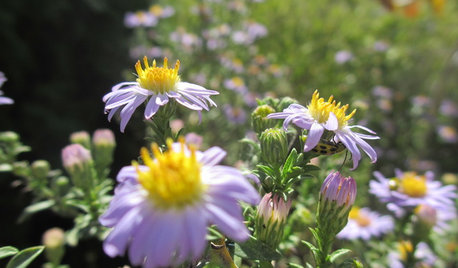
NATIVE PLANTSPlant These Fall-Flowering Natives in Early Summer for Pollinator Love
These 3 groups of plants will support masses of beneficial insects come autumn
Full Story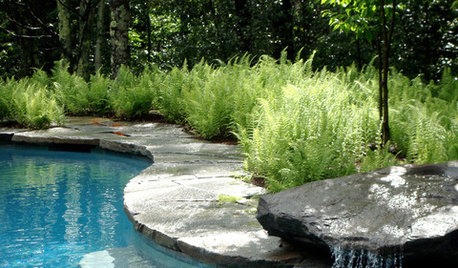
GROUND COVERSNative Alternatives to English Ivy, Japanese Pachysandra and Periwinkle
These shade-loving ground covers are good for the environment and say something about where you are
Full Story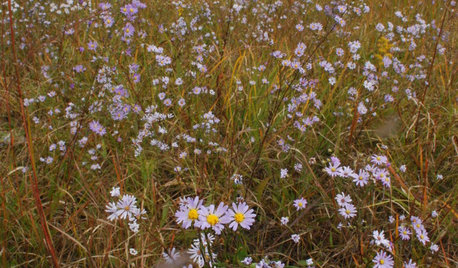
GARDENING GUIDES15 Native Flowers That Feed Native Bees
These perennials offer superfood to hundreds of bees and are gorgeous in their own right
Full Story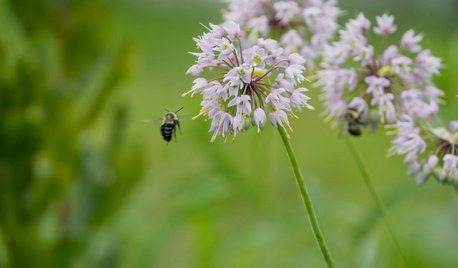
GARDENING GUIDES9 Clay-Busting Native Flowers for Summer Sun
These plants survive and even thrive in tough clay soil east of the Rocky Mountains
Full Story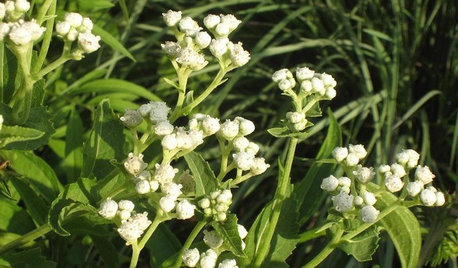
NATIVE PLANTSGreat Native Plant: Grow Wild Quinine for Its Unique Clusters of Blooms
Get connoisseur cred and unique blooms with this uncommon plant. Bonus assets: It’s low maintenance and drought tolerant
Full Story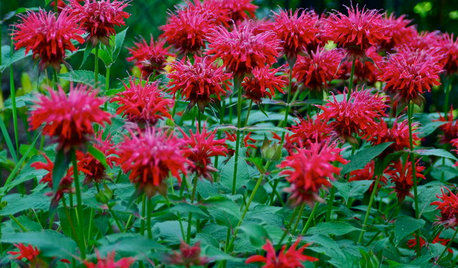
GARDENING GUIDES10 Deer-Resistant Native Flowers to Plant This Fall
Learn about natives that embrace some kinds of wildlife but resist grazing deer
Full Story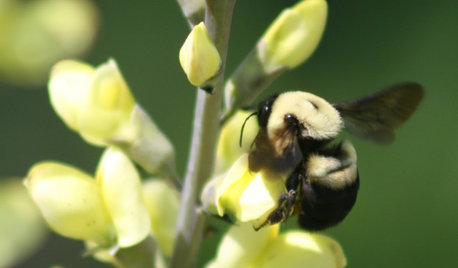
GARDENING GUIDESGreat Native Plant: Baptisia
Bring beneficial bee pollinators with this drought-tolerant perennial that looks like a shrub and acts like a flower
Full Story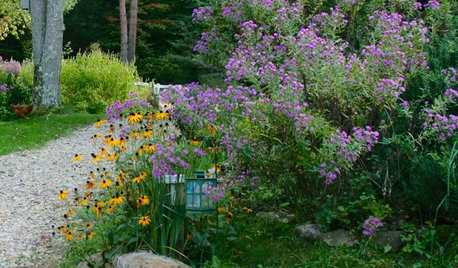
GARDENING GUIDESTop 10 Native Plants for the Northeast
For a low-maintenance, wildlife-friendly landscape, use native plants adapted to the climate and range of soils in the Northeast
Full Story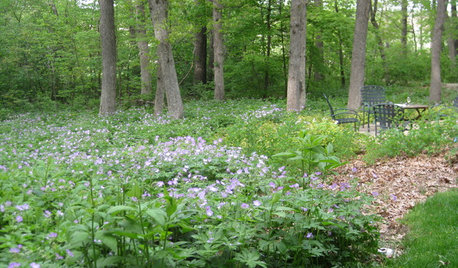
GARDENING GUIDESWe Bust 4 More Native Plant Myths
Have you been taken in by these fallacies about gardening with native plants?
Full Story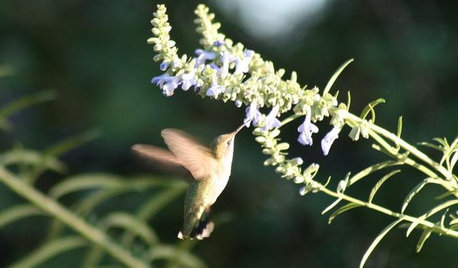
GARDENING GUIDESHow to Find the Right Native Plants for Your Yard
Find plant maps, sale sites and guides that make going native in the garden easier than ever
Full StorySponsored






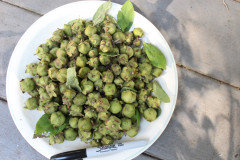

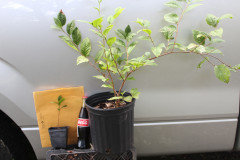
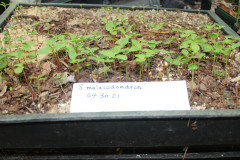
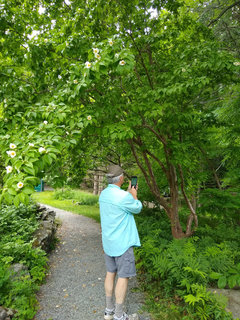
sam_md